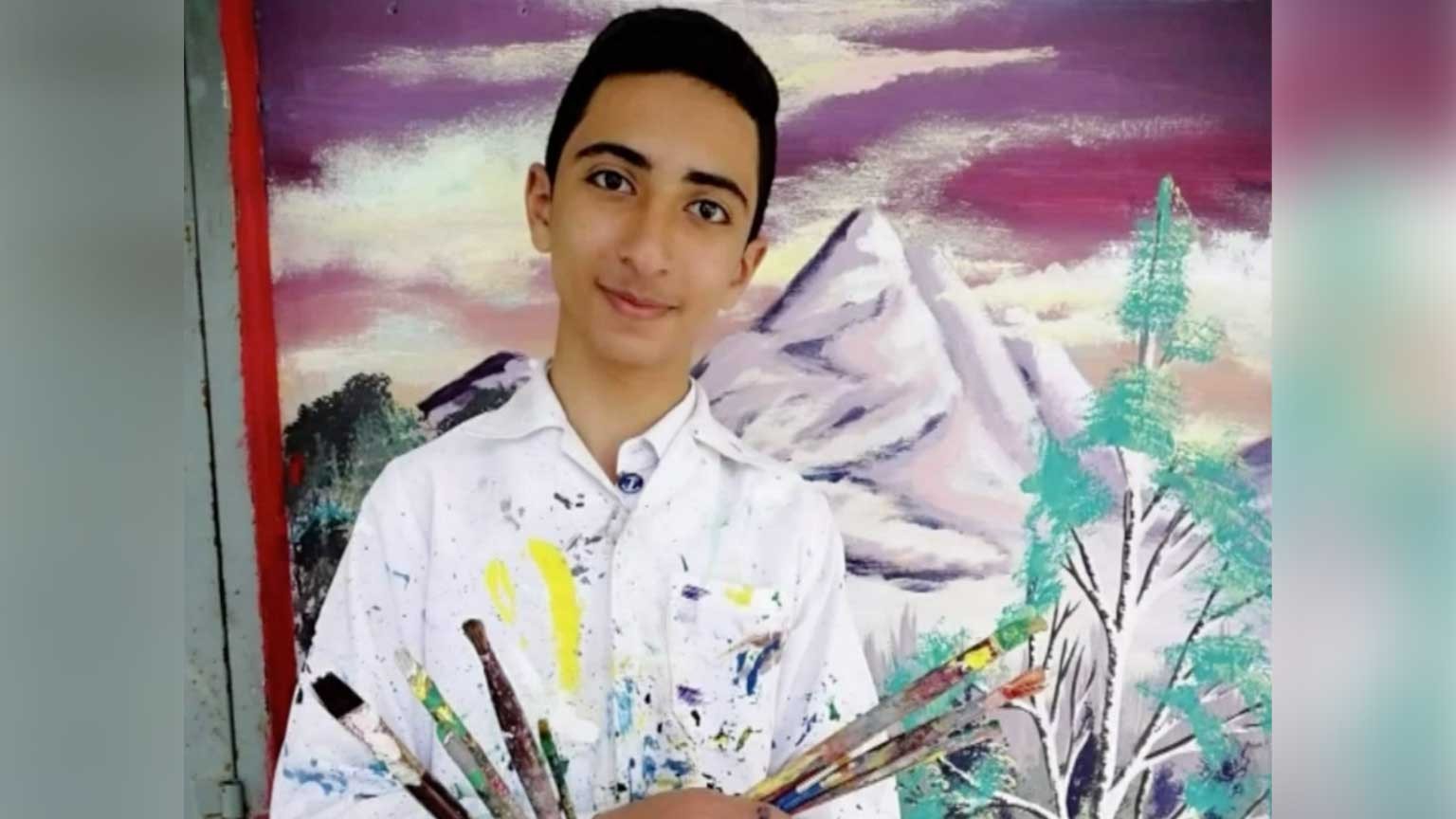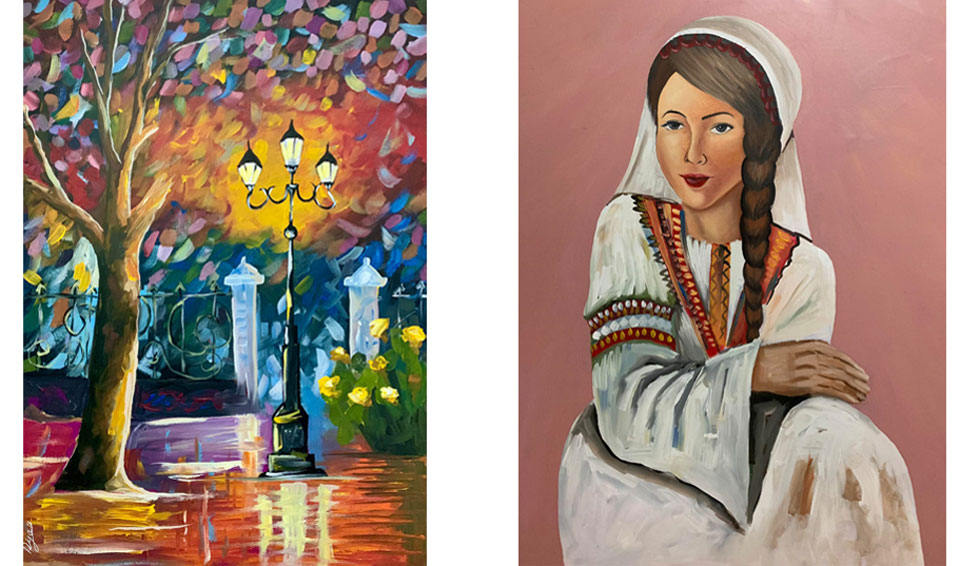
Madi was born and raised in the northern part of the Gaza Strip, but the conflict forced him to seek refuge in the south.
While the war has made communication with the outside world difficult, NHK World has been in touch with Madi since mid-October via cellphone voice and text messages.
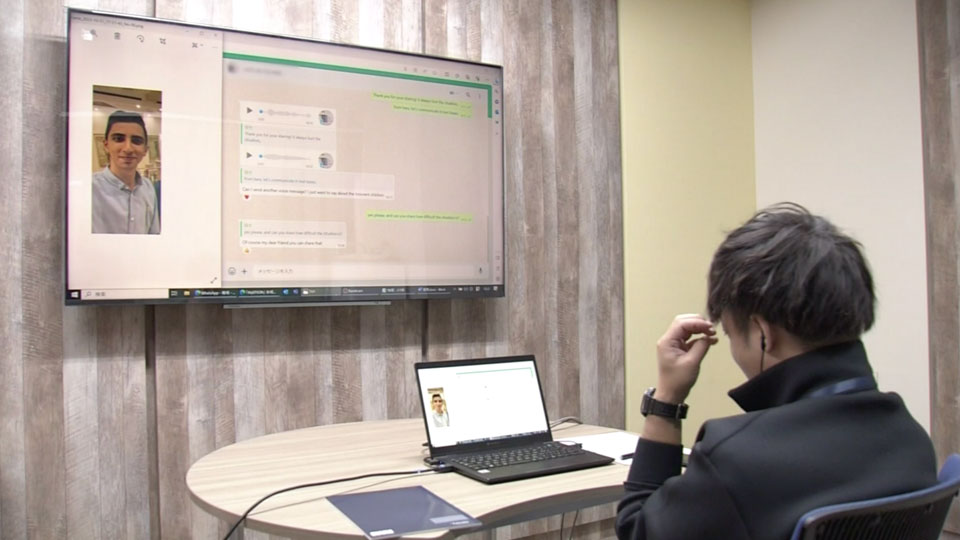
Madi used to commute to a school in northern Gaza run by a United Nations agency. But life dramatically changed after October 7.
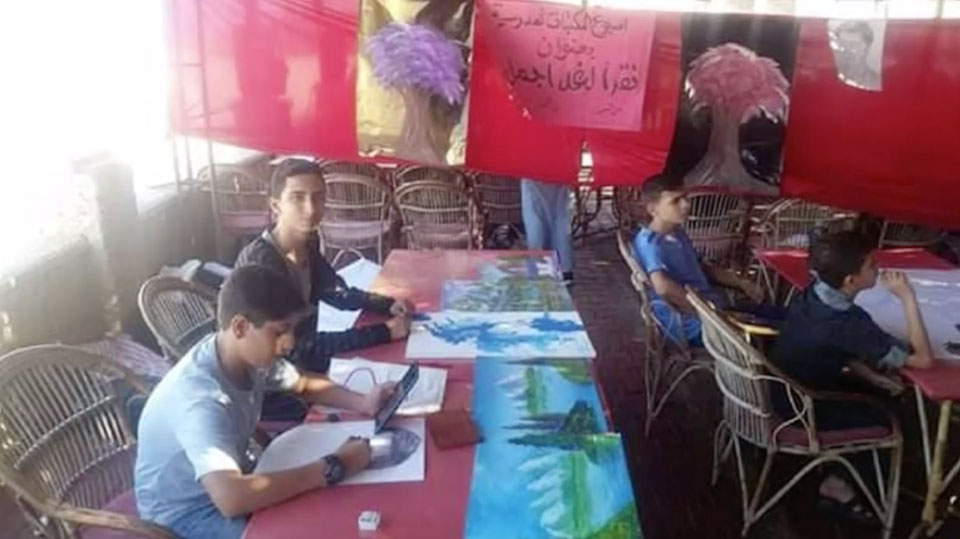
Although Madi sought safety in the southern part of Gaza, he says the entire territory is dangerous now. "There is no absolute safety for civilians and children. There's bombing all the time," he says.
Essentials are in short supply
Food, water and other essentials are in short supply in Gaza. Recently Madi stood in line for four hours to get bread, but the bakery ran out.

The situation has triggered widespread looting. On October 28, crowds broke into warehouses across Gaza and stole flour and other essentials.

Madi says the situation in Gaza has driven many residents to reject the spirit of mutual aid and instead look out only for themselves.
He says the theft of supplies is "unfair as it should be distributed equally to all refugees."
"We are approaching a stage in which children will die from hunger and thirst," he adds.
Drawings drenched in pain
Madi sent NHK World photos of some of his recent sketches on November 4. He noted that the art he left behind in northern Gaza had been destroyed, saying, "I lost my artwork, which I consider my life, to the bombing." He also lost his best friend, who — like him — was a civilian.
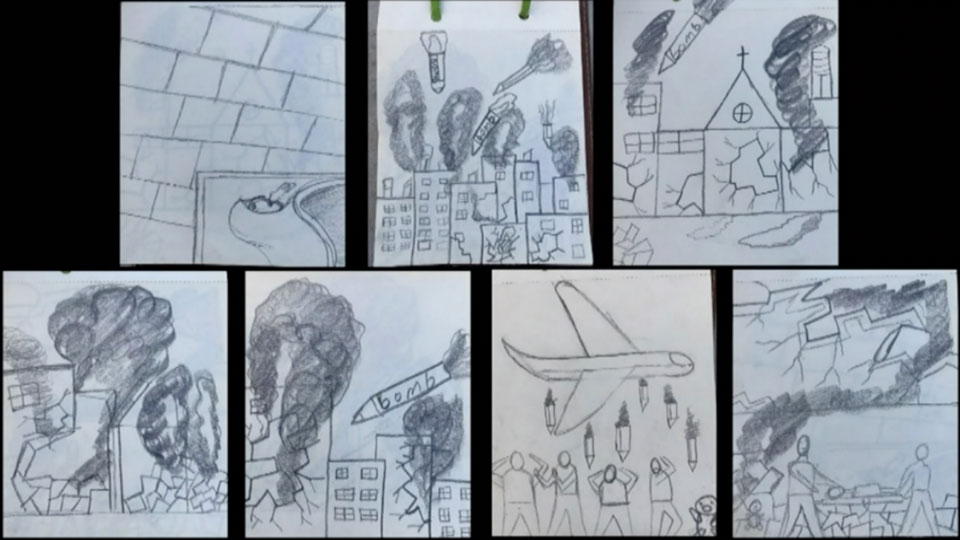
Before the war broke out, Madi dreamed of becoming a professional artist. He was in touch with more than 200 artists and his days were filled with creativity.
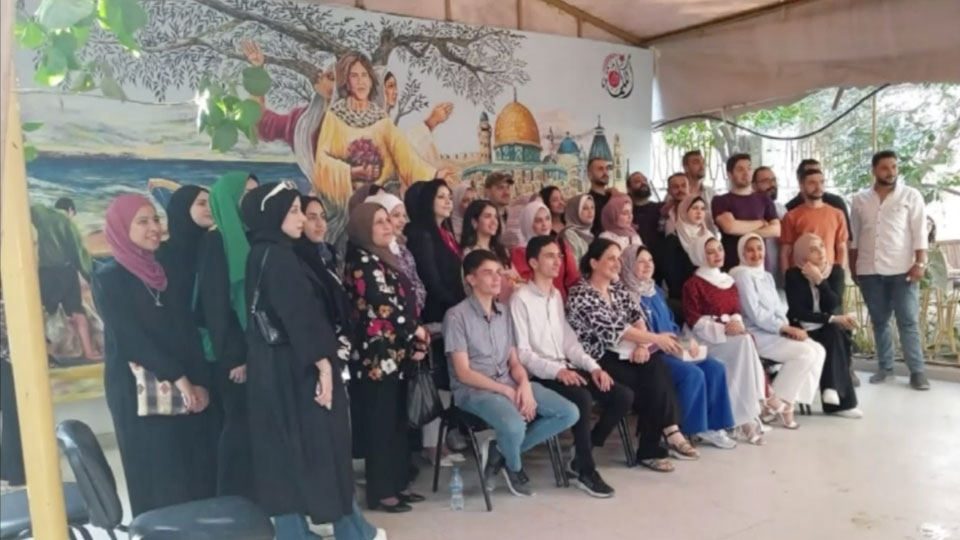
One painting he displayed at an exhibition last year titled "We Fight for Escape" reveals the sentiments of youths living in the Gaza Strip, which has been called an "open-air prison" by human rights groups and others.
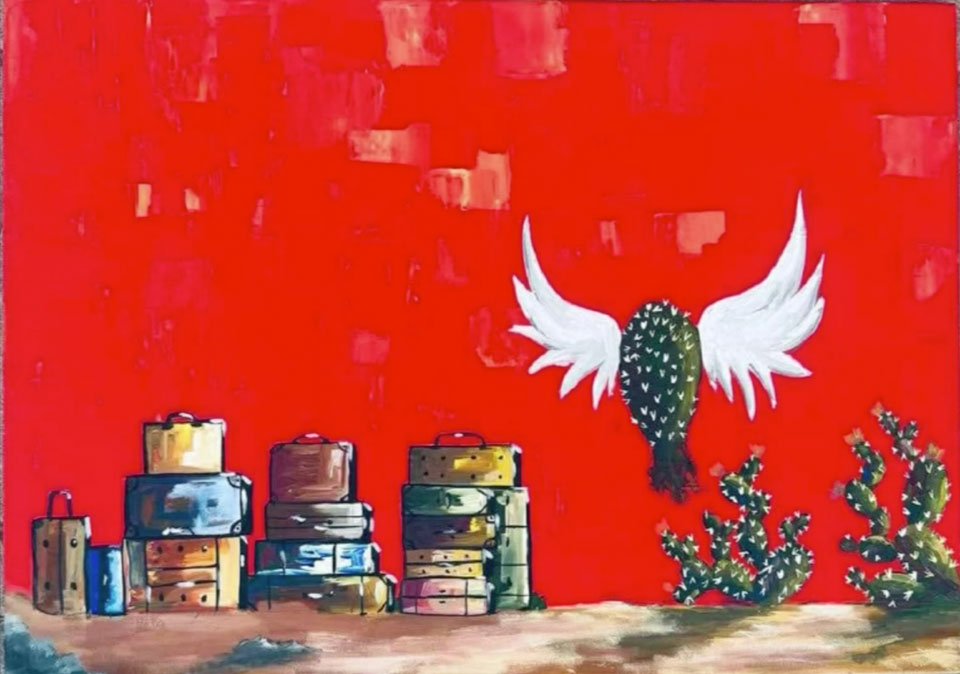
Madi explains the artwork, saying, "A thorny cactus tree is an indication of the pain and suffering of trying to leave the Gaza Strip." He notes the cactus roots indicate there is no way out of Gaza, saying, "The young people are forced to return home after continuous attempts to escape."
Seita Akihiro, a Japanese who heads the healthcare division of the United Nations Relief and Works Agency for Palestinian Refugees, met Madi six years ago. He has been a fan of the young man's colorful yet sensitive paintings ever since.
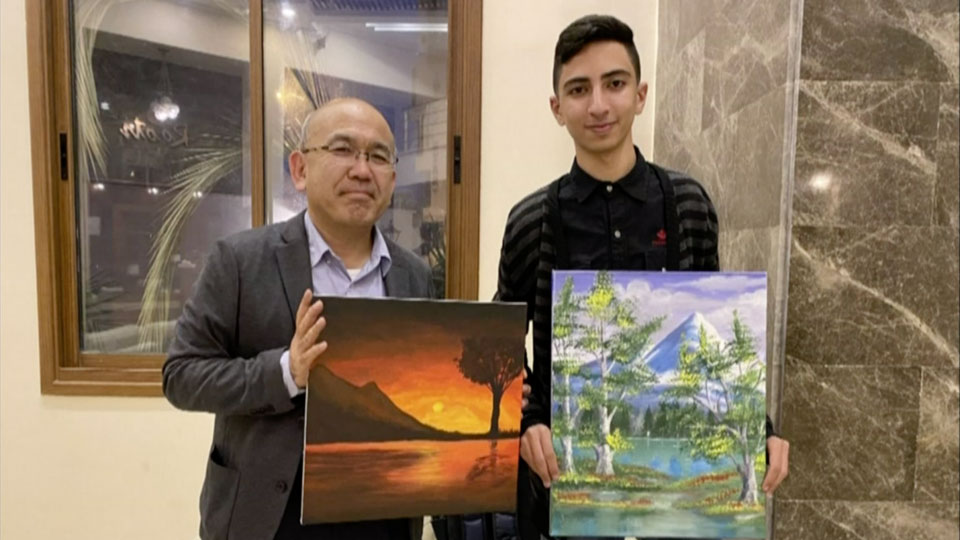
"Madi loves to draw so I knew he would continue after the conflict erupted, but I don't think this is the kind of art he wanted to create," says Seita.
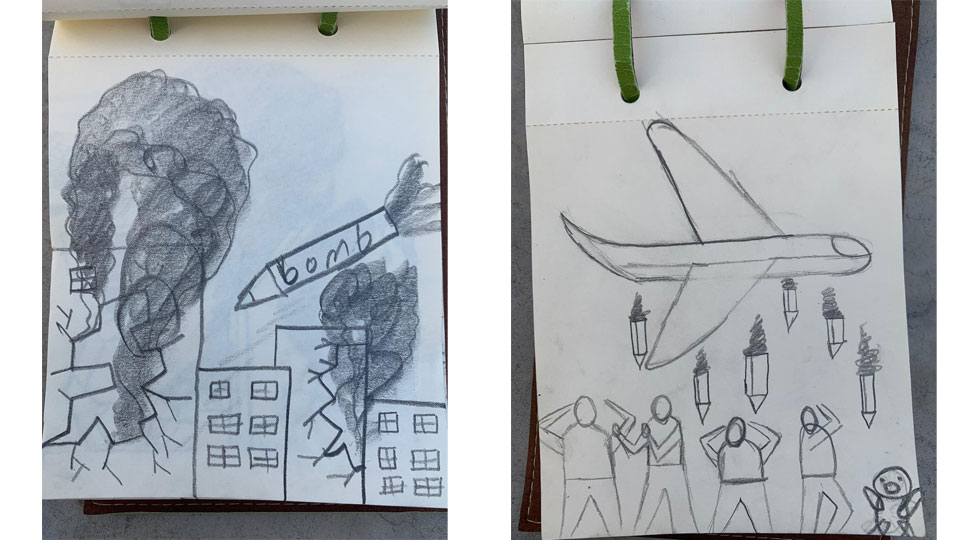
Seita adds, "What kind of world is this where such a talented young man is forced to draw something like this?"
'Using art to convey messages'
Asked by NHK World why he still draws, Madi replies, "I want to use art to convey my message and my voice to the world. I don't want to stand idly by."
